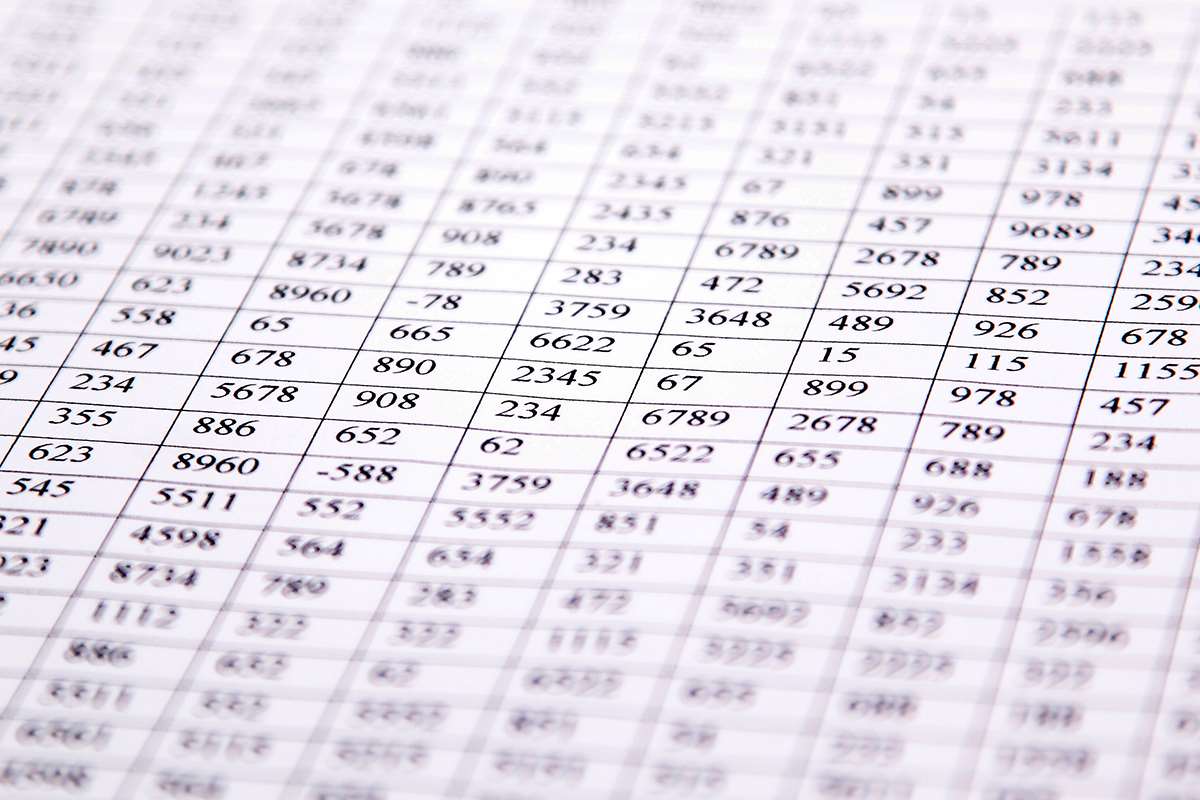- Acelerador financeiro
- Activity
- Add a Listing
- Add a Listing
- All elementor widgets
- Baixe já o aplicativo GIANTS
- Blog
- Blog
- Bruno Andrade
- busca
- Carrinho
- Checkout
- Checkout
- Claim listing
- Cris Arcangeli
- Dener Lippert
- E
- Espaço Acelerador
- Eugenio Pachelli
- Explore
- Explore
- Explore (2 columns)
- Explore (3 columns)
- Explore 2
- Explore 3
- Explore Alternate
- Explore classic
- Explore No map
- Finalizar compra
- Flavio Augusto
- Giants
- Giants oficial
- Gilberto Augusto
- Gilberto Mautner
- Heloisa Capelas
- Home
- Israel Salmen
- Janguiê Diniz
- João Appolinario
- João Kepler
- Loja
- Manoel Carlos
- Marcus Marques
- Members
- Minha conta
- My account
- My account
- Página de exemplo
- Porsche Cup
- Rafa Rossi
- Reinaldo Zanon
- Renan Kaminski
- Ricardo Nunes
- Sample Page
- Sandro Magaldi
- Shop
- Shop
- Tiago Brunet
- Tiago Nigro
- Wendell Carvalho
Calculating Present Value

While Present Value calculates the current value of a single future cash flow, Net Present Value (NPV) is used to evaluate the total value of a series of cash flows over time. If you received $100 today and deposited it into a savings account, it would grow over time to be worth more than $100. This fact of financial life is a result of the time value of money, a concept which says it’s more valuable to receive $100 now rather than a year from now. To put it another way, the present value of receiving $100 one year from now is less than $100.
- Our team of reviewers are established professionals with decades of experience in areas of personal finance and hold many advanced degrees and certifications.
- Someone on our team will connect you with a financial professional in our network holding the correct designation and expertise.
- Calculate the present value of this sum if the current market interest rate is 12% and the interest is compounded annually.
- Take self-paced courses to master the fundamentals of finance and connect with like-minded individuals.
- Since you do not have the $25,000 in your hand today, you cannot earn interest on it, so it is discounted today.
How do I calculate the present value of a single amount?
- Examples include investing, valuing financial assets, and calculating cash flow.
- Because we know three components, we can solve for the unknown fourth component—the number of years it will take for $1,000 of present value to reach the future value of $5,000.
- It is important to distinguish between the future value and the present value of an annuity.
- PV tables cannot provide the same level of accuracy as financial calculators or computer software because the factors used in the tables are rounded off to fewer decimal places.
- A financial professional will offer guidance based on the information provided and offer a no-obligation call to better understand your situation.
- Of course, both calculations also hinge on whether the rate of return you chose is accurate.
Higher inflation rates reduce the present value of future cash flows, while lower inflation rates increase present value. We need to calculate the present value (the value at time period 0) of receiving a single amount of $1,000 in 20 years. The interest rate for discounting the future amount is estimated at 10% per year compounded annually.
Determining the Annuity Payment

Say that a company wants to figure out how much it needs to invest today at 5 percent to have $200,000 three years from now. The time value of money is a fundamental concept in finance, which https://www.bookstime.com/ states that money available at the present time is worth more than the same amount in the future. They provide the value now of 1 received at the end of period n at a discount rate of i%.
Calculating Present Value Using the Formula

PV calculations are used in loan amortization schedules to determine the present value of future loan payments. This information helps borrowers understand the true cost of borrowing and assists lenders in evaluating loan applications. In this section we will demonstrate how to find the present value of a single future cash amount, such as a receipt or a payment. Present value is important because it allows investors and businesses to judge whether some future outcome will be worth making the investment today. It is also important in choosing among potential investments, especially if they are expected to pay off at different times in the future.
Present value formula for different annuity types
The interest rate selected in the table can be based on the current amount the investor is obtaining from other investments, the corporate cost of capital, or some other measure. PV is calculated by taking the future sum of money and discounting it by a specific rate of return or interest rate. This discount rate takes into account the time value of money, which means that money today is worth more than the https://x.com/BooksTimeInc same amount of money in the future.

The value of a future promise to pay or receive a single amount at a specified interest rate is called the present value of a single amount. For example, assume that you purchase a house for $100,000 and make a 20% down payment. As long as we know two of the three variables, we can solve for the third. Thus, we can determine the present value of the annuity, interest rate, number of periods, or amount of the annuity. As with the calculation of the future value of an annuity, we can use prepared tables. As with the future value of an annuity, the receipts or payments are made in the future.

Challenges With Non-conventional Cash Flow Patterns
- The opposite is true when figuring the present value of a single dollar amount.
- Understanding PV is essential for making informed decisions about the allocation of resources and the evaluation of investment opportunities.
- Based on this result, if someone offered you an investment at a cost of $8,000 that would return $15,000 at the end of 5 years, you would do well to take it if the minimum rate of return was 12%.
- Many times in business and life, we want to determine the value today of receiving a specific single amount at some time in the future.
- In these cases, calculating an accurate present value may require advanced financial modeling techniques.
- Dummies has always stood for taking on complex concepts and making them easy to understand.
Behind every table, calculator, and piece of software, are the mathematical formulas needed to compute present value amounts, interest rates, the number of periods, and the future value amounts. We will, at the outset, show you several examples of how to use the present value formula in addition to using the PV tables. For example, $1,000 today should be worth more than $1,000 five years from now because today’s $1,000 can be invested for those five years and earn a return. If, let’s say, the $1,000 earns 5% a year, compounded annually, it will be worth about $1,276 in five years. Present value is based on the concept that a particular sum of money today present value of a single sum table is likely to be worth more than the same amount in the future, also known as the time value of money.